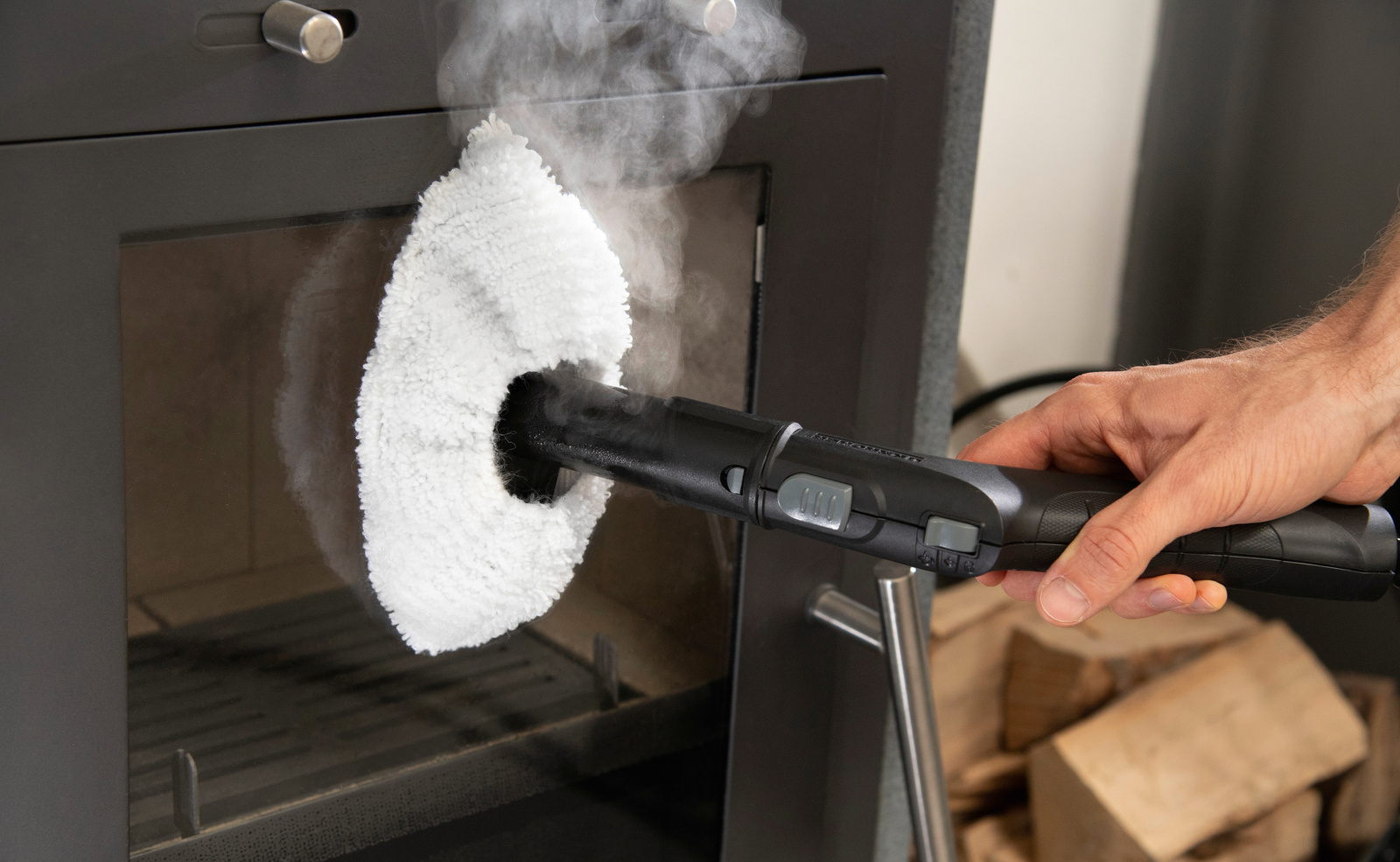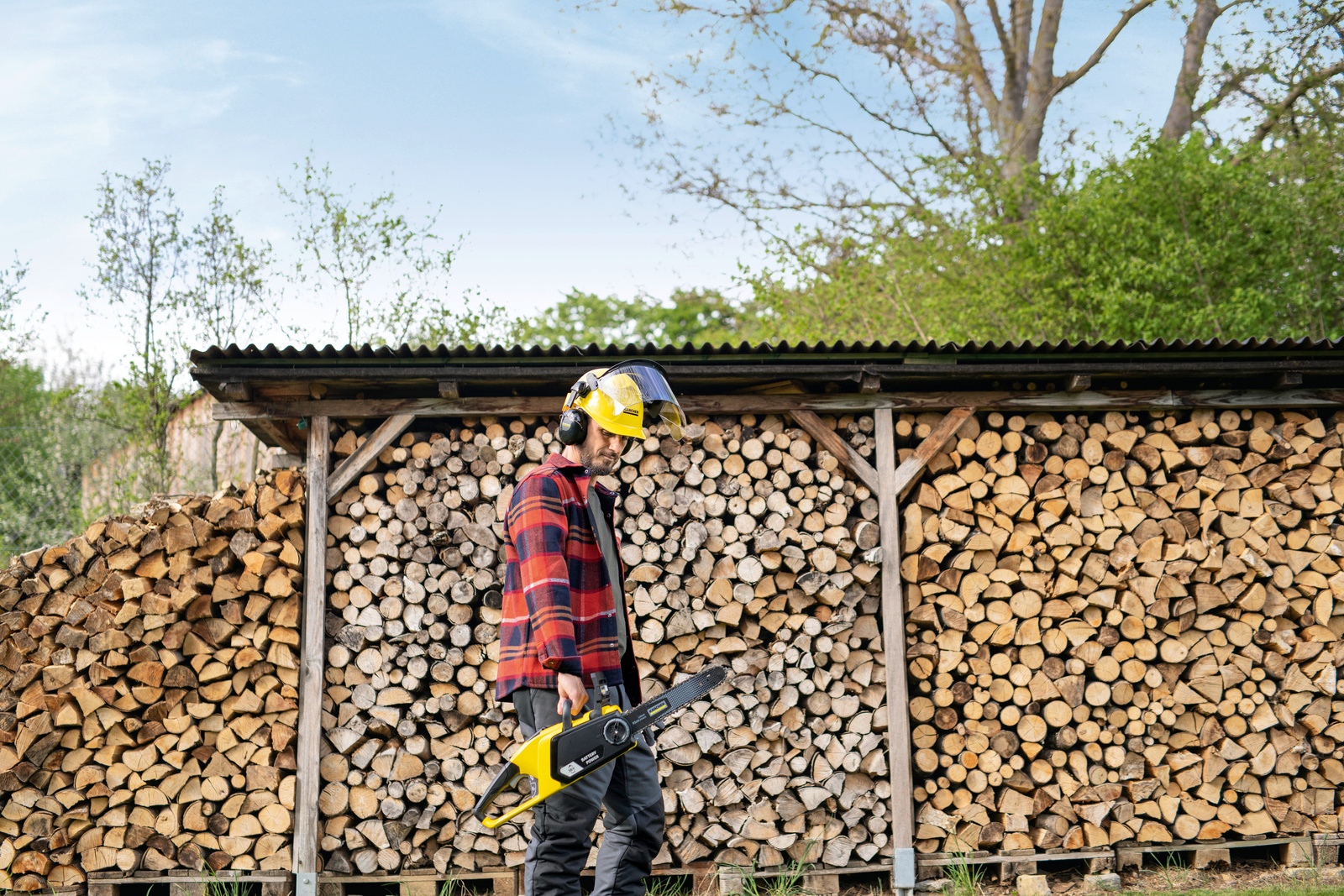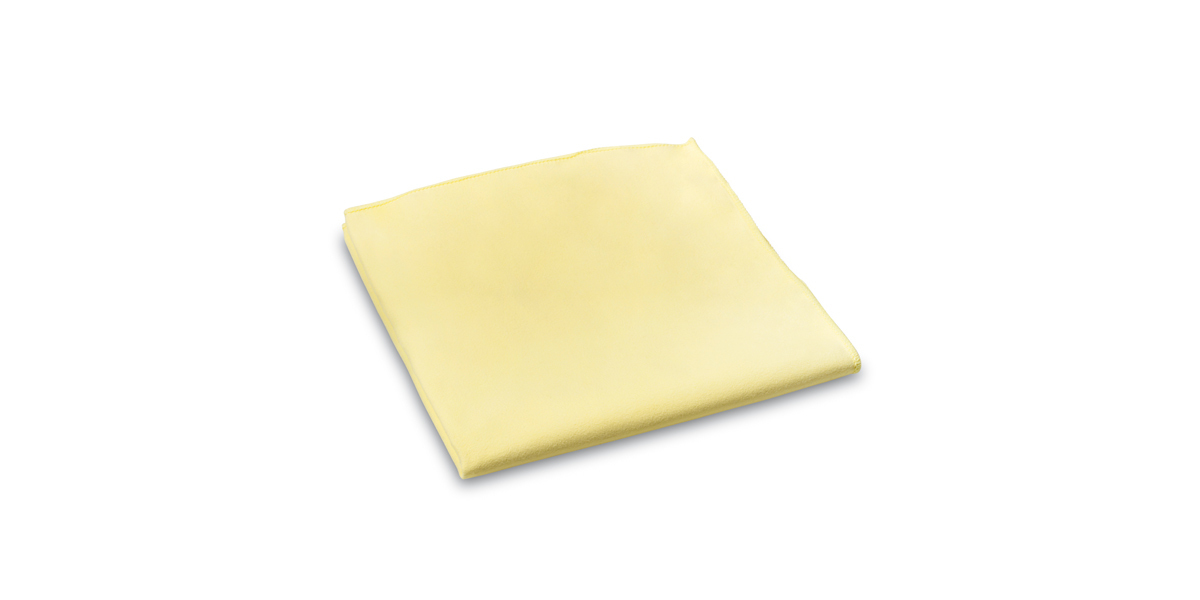Cleaning fireplaces
A warming wood fire in an open fireplace is the perfect backdrop to many a cosy hour at home, its flickering flames creating a relaxed atmosphere of contentment. However, there is an inconvenient downside to heating with wood: Before the next fire can be lit, the fireplace has to be cleaned and old ashes removed from the stove.
Removing old ashes
Sweeping out ashes from the fireplace with a dustpan and brush is a dirty and awkward job because ash is very light and quickly swirls around. So it makes sense to use a vacuum cleaner to remove the ash. Conventional vacuum cleaners, however, cannot cope with this job and should not be used here.
Why can't I use a conventional vacuum cleaner?
Household vacuum cleaners are not suitable for vacuuming stoves. The fine particles of ash quickly block the filter and suction turbine, which leads to a loss of performance and, in the worst case, motor failure. It is better to use an ash vacuum cleaner, which allows your work to be dust-free and convenient too.
The filters for ash vacuum cleaners are designed so that even fine particles of ash can be reliably vacuumed. Moreover, ash vacuum cleaners must fulfil particular safety requirements: A metal suction hose and flame-resistant catch pan prevent remnants of embers damaging the vacuum cleaner or, in the worst-case scenario, even starting a smouldering fire.
In order to clean the filter effectively to prevent blockages, ash vacuum cleaners also have a suitable cleaning function. There are models on which you can press a button to change the direction of the air flow to clean the filter effectively. This doesn't create any dust for the user since the dust is routed straight back into the catch pan.
Working safely work with the ash vacuum cleaner
Before starting work, the ash should be allowed to cool to a temperature below 40 °C. Use a poker to examine large pieces of wood for embers. Only start vacuuming when you are sure that there are no hidden embers in the fireplace. Only the metal hand tube is used for vacuuming here – without a nozzle attached.
Once the ash has been vacuumed into the catch pan, it also has to be emptied out again. Therefore, make sure when purchasing models that they are easy to open and can be emptied with as little contact with dirt as possible. Easy-to-use quick-release fasteners, for example, facilitate removal of the suction head. A bin liner is then placed over the full catch pan and carefully turned upside down. This prevents dust getting into the surroundings.

Additional application possibilities
An ash vacuum cleaner can be used for more than just vacuuming ash from the fireplace. Cleaning a pellet heater or stove with it is just as easy and convenient. The ash vacuum cleaner can easily remove cold ashes and soot from fire pits and charcoal barbecues.
A number of ash vacuum cleaners are equipped with an additional hard floor nozzle, which allows chips, small pieces of wood and dirt around the fireplace to be vacuumed too. A device like this is a practical aid for renovation work – be it coarse dirt or fine dust, a powerful ash vacuum simply vacuums everything.



Cleaning stubborn dirt off sooty glass on the stove
If your stove has a glass pane, this must also be cleaned regularly. Thorough cleaning often presents a problem because naked flames leave behind particularly stubborn residue on glass. Conventional cleaning methods, such as rubbing and scrubbing with a brush and water, newspaper or chemical cleaners, are usually not completely successful, whilst also being arduous and time-consuming.
You can achieve a better result more easily with a steam cleaner. The hot steam, together with the physical effect of cloths and a brush attachment, is very effective here. Afterwards, wipe clean the glass with a dry cloth. By using this process, you can avoid using additional detergents completely.


Tips for reducing soot formation
Wood that is not ready to use when purchased must be stored and dried before it can be burned in a fireplace. Damp wood reduces the energy value, resulting in increased smoke and soot formation: The stove and its surrounds then get dirty more quickly and the fireplace has to be cleaned more often. The maximum moisture content when burning wood in a fireplace is even laid down in law – it should be no more than 25 per cent.
To check this, a measuring device or a "trick" is useful, such as the nail test, for which some experience is required, however. If you can make a slight indentation with your fingernail in the cut face where the tree rings are visible, it should be left to dry for a few more months. An ideal storage place is somewhere protected from the elements with good air circulation, such as stacked against the shed or garage in the garden.







